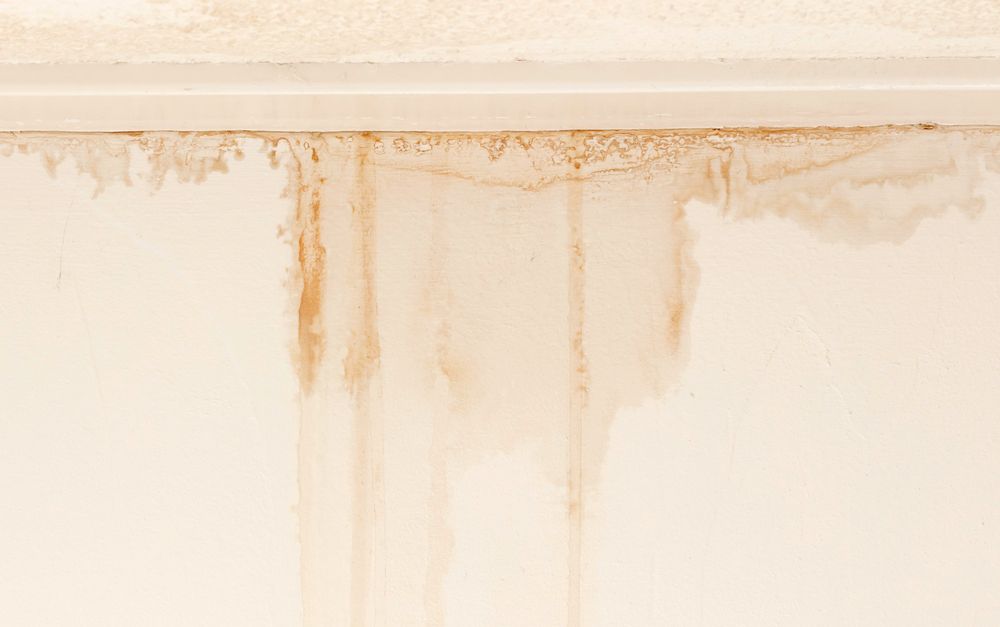Guide To Water Leak Detection At Home
Guide To Water Leak Detection At Home
Blog Article
They are making a few good points related to Detecting hidden plumbing leaks in general in the article in the next paragraphs.

Early discovery of dripping water lines can minimize a prospective catastrophe. Aside from conserving you money, it will reduce the irritation as well as disappointment. The moment you find a leakage, calling your plumber for repair services is the very best option. Some tiny water leakages may not be noticeable. Here are some hacks that help if you can not discover it with your naked eyes.
1. Check Out the Water Meter
Examining it is a guaranteed way that helps you discover leaks. If it relocates, that indicates a fast-moving leakage. This suggests you may have a slow leak that could even be underground.
2. Check Water Consumption
If you detect abrupt modifications, in spite of your intake being the same, it suggests that you have leaks in your plumbing system. An abrupt spike in your expense shows a fast-moving leak.
A stable rise every month, even with the same habits, reveals you have a slow leak that's likewise slowly escalating. Call a plumber to completely examine your building, especially if you really feel a cozy location on your floor with piping beneath.
3. Do a Food Coloring Examination
When it comes to water intake, 30% comes from bathrooms. If the color in some way infiltrates your dish during that time without flushing, there's a leakage between the storage tank as well as bowl.
4. Asses Outside Lines
Don't fail to remember to inspect your outdoor water lines as well. Examination spigots by affixing a garden pipe. Must water permeate out of the link, you have a loose rubber gasket. Change this and also guarantee all links are tight. If you have actually got an automatic sprinkler, it will aid get it properly examined and also kept each year. One small leakage can waste lots of water as well as spike your water costs.
5. Evaluate the situation and also inspect
Home owners should make it a routine to examine under the sink counters and even inside cupboards for any bad odor or mold growth. These two warnings suggest a leak so timely interest is called for. Doing regular evaluations, also bi-annually, can save you from a significant issue.
More importantly, if you recognize your home is already old, keep a watchful eye on your heaters, pipes, pipelines and so on. Look for stainings as well as weakening as most devices and pipes have a life expectancy. They will certainly also naturally weaken due to tear and also put on. If you presume leaking water lines in your plumbing system, don't wait for it to rise. Call a professional plumber right away so you don't end up with a horrible mess in your home.
Early discovery of leaking water lines can reduce a prospective calamity. Some small water leakages might not be visible. Inspecting it is a surefire way that helps you find leaks. One little leak can lose tons of water and spike your water expense.
If you think leaking water lines in your plumbing system, do not wait for it to escalate.
WARNING SIGNS OF WATER LEAKAGE BEHIND THE WALL
PERSISTENT MUSTY ODORS
As water slowly drips from a leaky pipe inside the wall, flooring and sheetrock stay damp and develop an odor similar to wet cardboard. It generates a musty smell that can help you find hidden leaks.
MOLD IN UNUSUAL AREAS
Mold usually grows in wet areas like kitchens, baths and laundry rooms. If you spot the stuff on walls or baseboards in other rooms of the house, it’s a good indicator of undetected water leaks.
STAINS THAT GROW
When mold thrives around a leaky pipe, it sometimes takes hold on the inside surface of the affected wall. A growing stain on otherwise clean sheetrock is often your sign of a hidden plumbing problem.
PEELING OR BUBBLING WALLPAPER / PAINT
This clue is easy to miss in rooms that don’t get much use. When you see wallpaper separating along seams or paint bubbling or flaking off the wall, blame sheetrock that stays wet because of an undetected leak.
BUCKLED CEILINGS AND STAINED FLOORS
If ceilings or floors in bathrooms, kitchens or laundry areas develop structural problems, don’t rule out constant damp inside the walls. Wet sheetrock can affect adjacent framing, flooring and ceilings.
https://www.servicemasterbyzaba.com/blog/how-to-detect-water-leakage-in-walls/

Do you like more info about Finding hidden leaks? Write a remark further down. We would be interested to hear your views about this page. Hoping to see you back again before long. Sharing is nice. Helping people is fun. Thanks a lot for your time. Visit again soon.
Report this page